
Looks like a T-80… ouch. That’s not gonna buff right out. Looks as though Teh Russkis may have a tiger by the tail.


Looks like a T-80… ouch. That’s not gonna buff right out. Looks as though Teh Russkis may have a tiger by the tail.
You will recall my last post on driving the Mille Miglia course:
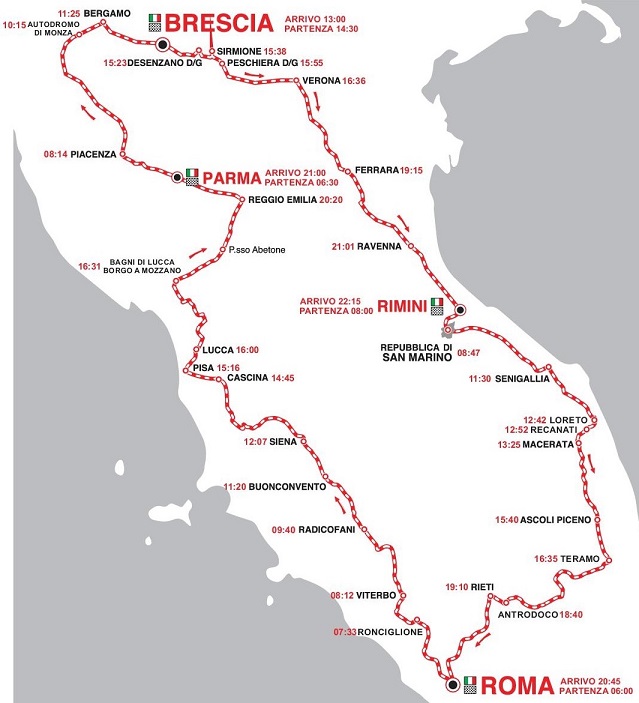
…and the difficult choices listed from which one would make for a companion, and the car for the journey.
Forget the companion. The topic is a perennial favorite of mine (I believe my first post on the topic was back in 2017), and I was thinking about it again over the past weekend.
For one thing, I can’t help but think that in doing this particular trip, the choice of car should be exclusively Italian, for the same reason that one should eat at little trattorias along the route rather than searching for McDonalds, and drinking Chianti rather than Diet Coke. It’s all about Italy, and one should take the opportunity to immerse oneself in the complete esperienza italiana.
Given that I don’t like most modern cars — both their homogeneous wind-tunnel shapes, and their overpowered engines — I keep going back to the cars of my youth, and was assisted in this thought by pics of a car on sale this week at a Sotheby’s auction: a ground-up restoration of a 1974 Alfa Romeo 2000 GTV.
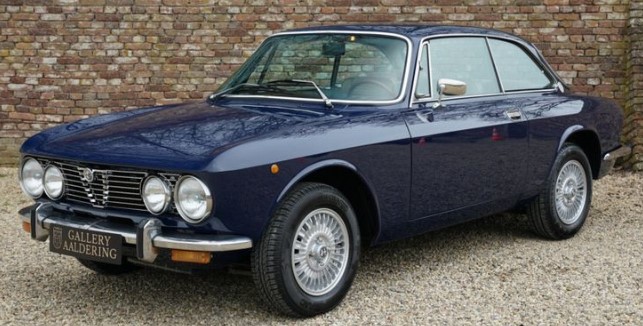
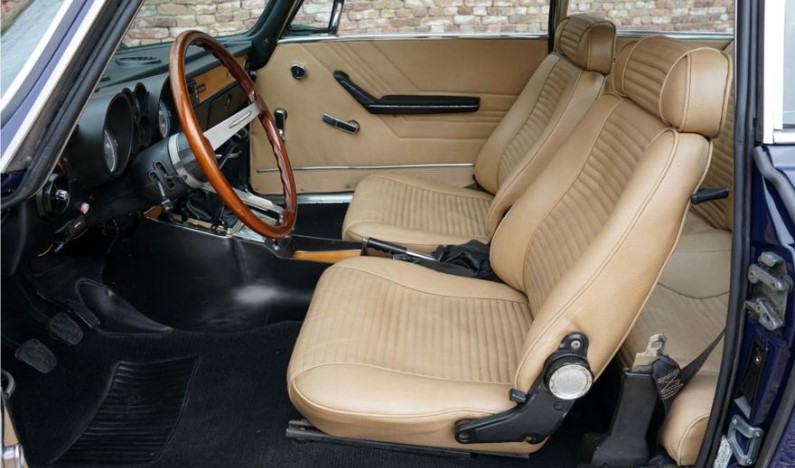
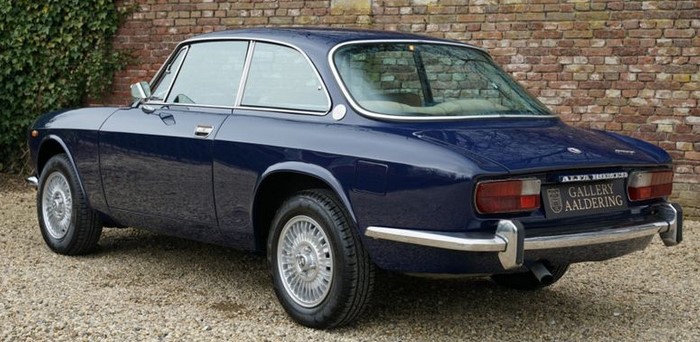
It’s neat, it’s shapely, and that little 2-liter engine is as capable of purring along at a leisurely pace through the many narrow village streets as snarling at 75mph through mountain passes and along deserted country roads.
By 1974, Alfa had pretty much worked out all the niggles typically associated with their earlier models of the Tipo 105, and I know several guys who were still driving their GTVs of that vintage when I left South Africa in 1986, a dozen years after the car’s release. So while there would always be a threat (promise?) of some kind of Alfa-related breakdown en route, I would still be willing to take the chance.
And in the end, if I were to become marooned in some little Italian village while the local mechanic waited for spares to arrive, I’d just have to grit my teeth and endure the experience with my translator:

She’d have to be a petite lil’ thing to fit into the GTV, you see…
Okay, so maybe she’s not that petite:

So ignoring the companion, which model Italian car (e.g. 1967 Fiat Dino 2000 GT) would you choose to make the drive? Here’s a suggested list, just to give you ideas to draw from:
And if you feel like doing a little research for an hour or two before making your final decision, let DuckDuckGo be your friend… as I did.
Sent to me by Fiend Bastard Mr. Free Market, comes this gentle exploration of the land around The Englishman’s farm.

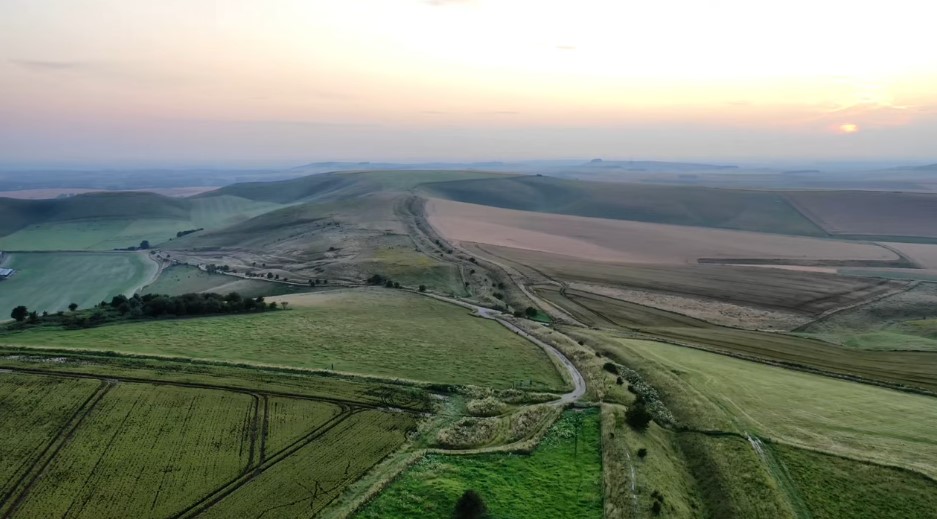
I need to get back there, very badly.
This arrived in my email a couple days back:

Cheap, direct flight, what’s not to like?
March in Helsinki, is what:

Pass, but thanks for the offer.
I’m not going to argue with the genius of Juan Trippe, the late head of Pan Am (as discussed in last night’s homework assignment). But the problem with genius is that it can overstretch itself, which is what happened to Trippe, and that had dire consequences for Pan Am.
But first, it’s time for yet another one of Kim’s Supermarket Stories (and I promise it has relevance).
I once worked for a chain which prided itself on the quality of its product — not only the merchandise, but the service of its customers. The Produce Department (Fruit & Veg to non-Murkin Readers) was as good as any “street market” or “farmer’s market”, for the simple reason that the store merchandisers tossed out a tremendous amount of any produce items which they judged sub-standard or even close to going “off” before they ever set it out on the shelves, in the bins, fridges or displays. The result was that you could pick any item off the display stand, and had no need to check it because you just knew that it had passed a stringent quality test. And the same was true of every department: (on-site) bakery, meat department, deli and so on. As a result, our average basket cost a little more than our competitors’, but then again, our typical shopper belonged to a higher income bracket: the kind who value quality over price and expect the best. Our average household, therefore, usually consisted of a high-earning husband/wife with teenage kids, who lived in the upper-middle class suburbs where (surprise surprise) 95% of our stores were located.
I was at the time the senior marketing manager for the chain — ran the loyalty program, worked with the Advertising department, worked with Purchasing on product selection and so on.
Then we had a huge management change: new CEO, new COO and new CFO. When I went to the first “welcome” meeting, the new CEO announced, without any fanfare, that our chain would henceforth be aiming for the lower segment of customers: younger moms with small kids, more “efnic” shoppers, and so on. After the meeting, I managed to get a one-on-one with the new CEO, and blew up at him.
To his credit, the new CEO didn’t fire me on the spot. But his lofty answer was that the board of directors had decided that we needed to “grow the business”, and as we had the upper end of the market more or less to ourselves, we needed to expand our customer base.
Which brings us back to Juan Trippe and Pan Am.
It’s clear that Pan Am had a quality product, and their clientele were not people who, let’s say, were at the bottom of the market. Their service was unparalleled, not only in the airline industry but anywhere, and it showed in all aspects of their business: hiring, training, equipment and cuisine.
Then Juan Trippe decided to “grow the business”, and open Pan Am up to the lower end of the market via mass-market people carriers like the Boeing 747.
I had always wondered why Pan Am ever, or could ever, have gone out of business. The YouTube video gave me all the answers. To be blunt, Pan Am went from “You can’t beat the experience… Pan Am!” to “We’re just another airline; check out our low prices.”
Their demise was as predictable as that of the above supermarket chain: both went out of business only a few years after making that calamitous decision to chase a new market.
Side note: I resigned a month after my meeting with the CEO.
Now, had I been Juan Trippe and wanted to “expand the market”, I would have done a couple things differently.
That’s the basic idea of the thing, but you get my drift. It might not have worked and Pan Am might still not have made it. But they failed anyway, so how much worse could the outcome have been?
But at least they wouldn’t have screwed up their Pan Am brand, which was priceless. And the actual blowing up of the Pan Am brand was the entire responsibility of its founder.
As the busy holiday travel season gets underway, millions of travelers flock to the nation’s major airports. This comes as a big shock to some of the nation’s major airlines, which apparently had not been informed that the holidays can be a busy travel time. As one distraught airline executive put it: “Suddenly all these people just showed up with tickets they apparently purchased from us. How in God’s name is anybody supposed to plan for THAT?” — Dave Barry
Wheeeee what fun!
Translation: We were going to lose our asses with all those cheap tickets we sold for Christmas, so here’s a handy excuse to get rid of them.
Feel free to change my mind.